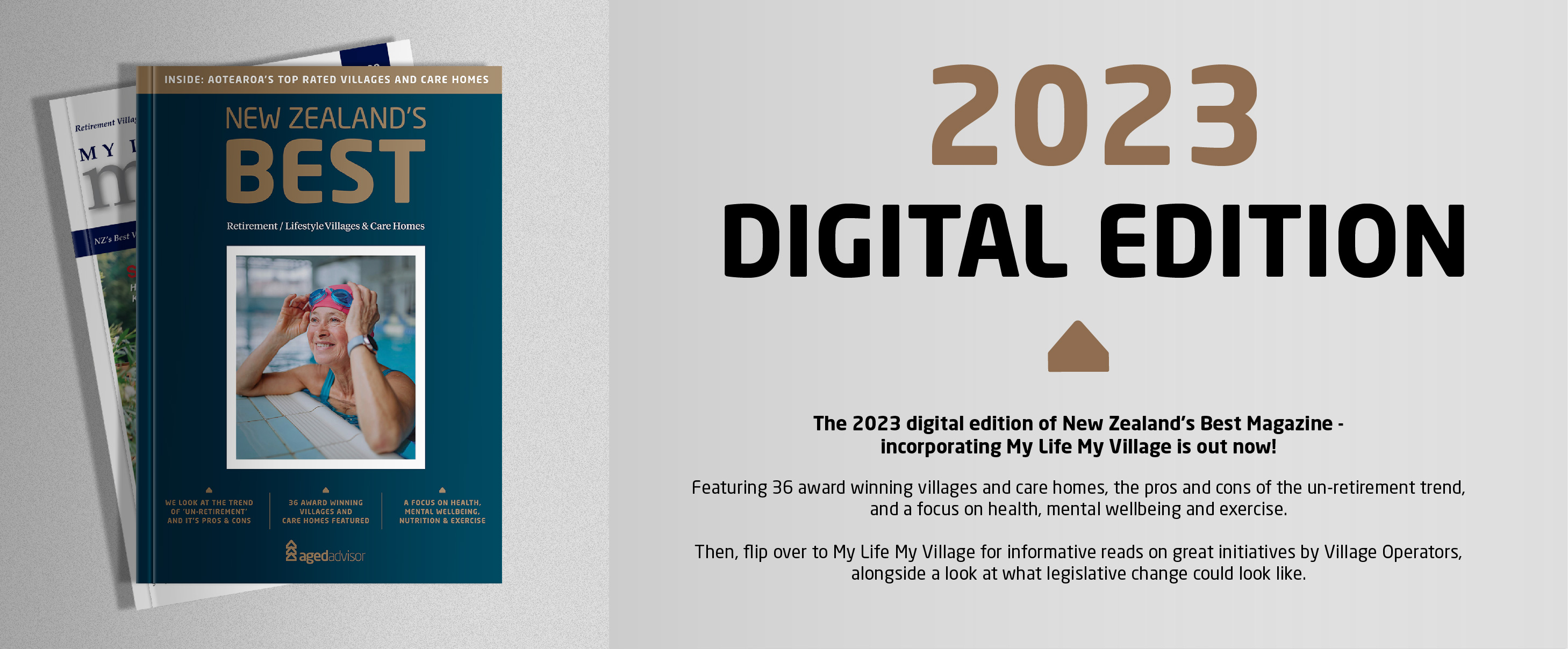
People also ask about retirement
Posted on : May 02, 2024

Who are the Big 6 retirement villages NZ?
- The ‘Big Six’ retirement village operators are Ryman Healthcare, Summerset, Metlifecare, Arvida, Oceania and Bupa - who own and operate the majority of Retirement Village units in NZ.
How many people are in retirement villages NZ?
- Currently, over 50,000 people live in Retirement Villages.
What is the difference between a retirement village and a lifestyle village in NZ?
- A retirement village will have more care facilities available were as a lifestyle village doesn't and will have a lower entry age set.
What is the youngest age to live in a retirement home?
- All villages have different ages set. Some start at 55 and under right up to others that have a minimum age of 70. Lifestyle villages generally have a lower age entry as opposed to a retirement village.
What is the difference between a care home and a retirement village?
- A care home provides a higher level of personal and medical care to older adults who need assistance with daily activities or have complex medical needs. Residents typically live in private or shared rooms with around-the-clock staff support and organised activities. In contrast, a retirement village caters to more independent older adults who want to maintain an active lifestyle. Residents live in private homes or apartments and enjoy amenities such as fitness centers, pools, and social events, with minimal assistance and emergency support available if needed.
What is the purpose of a retirement village?
- The purpose of a retirement village is to provide older adults with an active and independent lifestyle in a community designed specifically for their needs and interests. Retirement villages offer private living spaces, such as houses, apartments, or villas, alongside a range of amenities and services like fitness centers, swimming pools, clubs, organized activities, and social events. These communities aim to foster a vibrant, social atmosphere where residents can enjoy their retirement years with like-minded peers while having access to optional support and services as needed.











